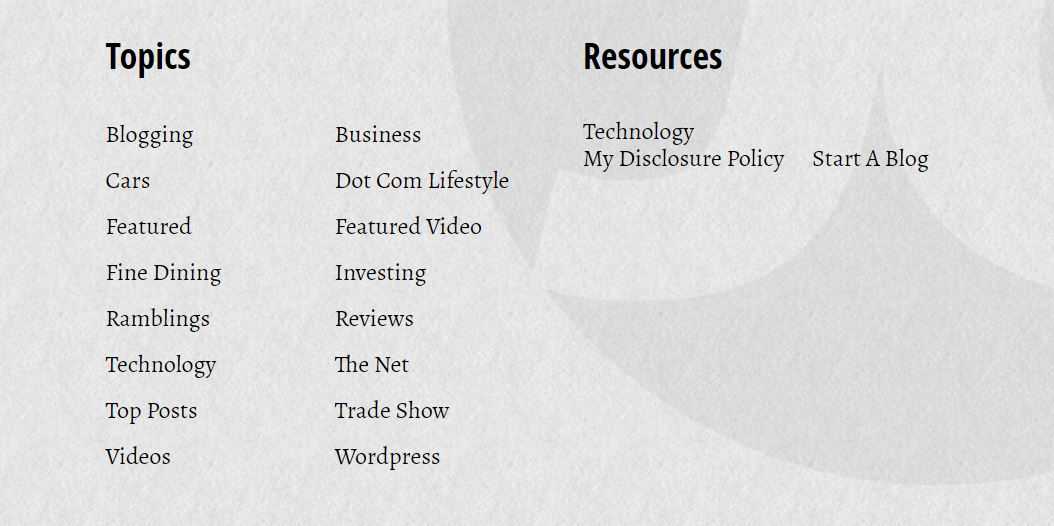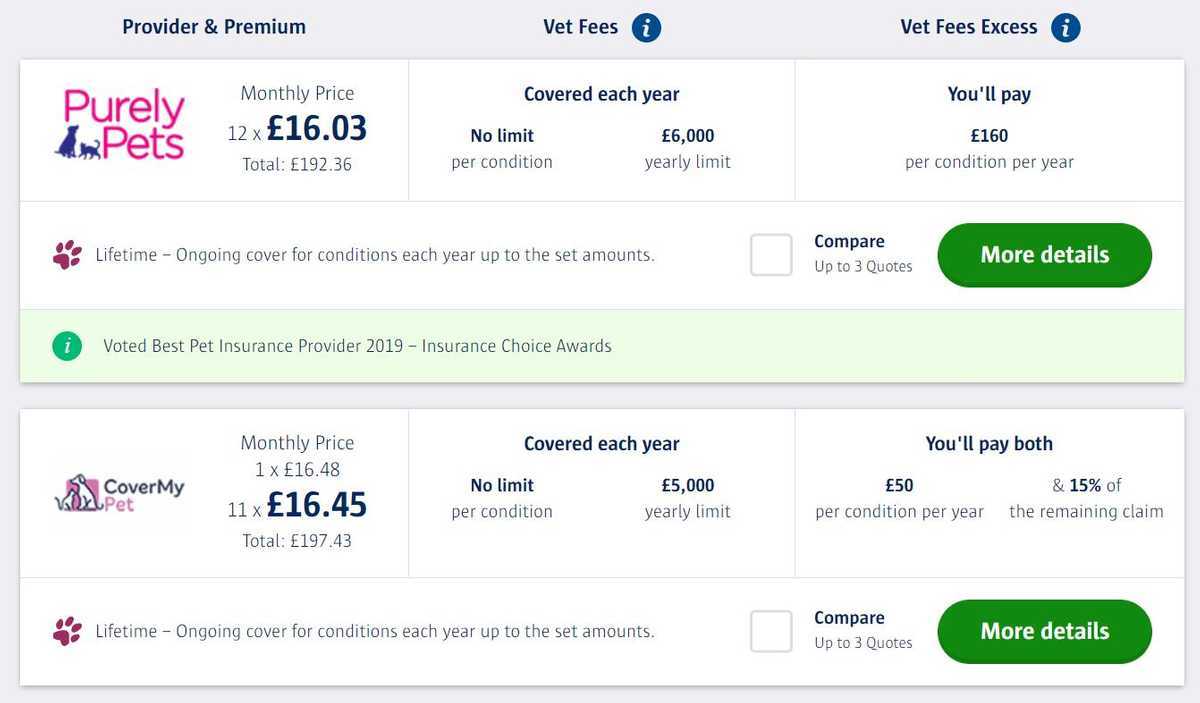How to become an affiliate marketer in 6 simple steps
- Publication date
- Author
- Imogen Beech
- Reading time
- 11 minute read
Since the dawn of the internet, brands have earned a fortune through affiliate marketing (check out our history of affiliate marketing to see what we mean). And it's no different when it comes to affiliates, many of whom have earned millions of dollars in passive income. Take Jason Stone as an example. He harnessed the marketing potential of Instagram to generate over $7 million in affiliate sales. Or John Chow. He went from making no money from his blog at all to making over $40,000 each month in just two years. We could go on, but you may as well check out our selection of excellent affiliate blogs instead.
Want to get in on the action? Whether you want to become an online affiliate marketer or you're looking to make money as an affiliate without a website, here are the steps you’ll need to take.
There’s a lot of great content out there, which means a lot of competition. Finding a niche in affiliate marketing makes it easier for you to compete, as it allows you to appeal very directly to a specific group of people with specific interests.
As an example, when the marketing manager of Ahrefs, Si Quan Ong, started his first blog, he chose to write about breakdancing. While he could have written about ‘dance’ more generally, limiting himself to a specific type of dance made it easier for him to compete.
Similarly, The Curry Guy blogs about… you guessed it… curry! If he’d chosen to blog about ‘food’ in general, it would have been much harder for him to stand out. As it is, anyone who loves curry would be immediately drawn to his great curry recipes. Plus, he’s likely to rank higher in the search engines for related keywords (after a quick Google, we found him at number 1 for the terms ‘great curry recipes’ and ‘curry recipe blog’) showing how important this can be at getting your SEO and affiliate marketing efforts working together in harmony.

Of course, that doesn’t mean you have to limit yourself to this niche forever. Once you’ve built up a decent amount of traffic and you start to feel like you’ve covered it all, you could start to branch out to cover other related topics.
For instance, although the aforementioned John Chow focuses primarily on helping others to grow their own successful blogs, he writes about a whole range of topics, from fine dining to cars and technology. You could say they’re all tied together by their focus on the kind of lifestyle you can lead as a successful blogger. But ultimately, these pieces have a much wider appeal.

When it comes to picking your niche, however, don’t get too far ahead of yourself. Whatever niche you choose, the chances are you’re going to be stuck with it for a long time. So, go with something you actually like and aren’t going to get bored of anytime soon.
The chances are that if you like it, other people will too. But of course, it’s best to check so that you don’t end up with no readers or followers! That means doing some research before diving in, for example looking at how many people are searching for keywords related to your niche each month.
Once you know what niche you want to work in, you’ll need to decide on a suitable platform to focus your affiliate marketing efforts. This could be anything from a social media account to a blog or a YouTube channel.
Each platform has different benefits, so you’ll need to think carefully about which one best suits the niche you’ve chosen, as well as which one you’ll enjoy spending most of your time on.
While it is possible to make money with affiliate marketing on pretty much any channel (including simply sending your friends affiliate links via WhatsApp!), usually it’s easiest to do it well via a blog or YouTube channel. That’s because the content you create on these platforms is well-suited to generating more traffic over time, through search engine optimisation (SEO).
Our guide to content marketing partnerships has much more on SEO, but in essence, it involves making sure that readers can find your site on search engines by using the words they’re searching for (known as keywords) in your content.
As an example, we saw that around 210 people in the UK type ‘how to become an affiliate marketer’ into Google each month. So guess what? This article contains the words ‘how to become an affiliate marketer’ in the main heading (and we’ve just sneakily used it a couple more times in this paragraph too!).

If we assume that you’re finding this content truly helpful and that you stay on our site for a decent period of time, the chances are this piece will make its way higher up the search engine results pages (SERPs) as time goes on, making it easier and easier for people to find. The same goes for content that’s posted on YouTube.
On the other hand, if you decide to use Instagram as your chosen platform, your posts won’t generate more traffic over time. Instead, they’ll quickly become replaced by newer posts, as that’s how Instagram’s algorithm works. This makes the content you post on Instagram better suited to short-term as opposed to long-term gain.
Plus, Instagrammers are very restricted in terms of where they can share their affiliate links. Often, they’re limited to having only one link in their bio. This makes it hard to send followers through to a partner site and receive credit for it.

Don’t get us wrong, making money affiliate marketing on Instagram is doable (just look at what Jason Stone’s achieved!). But there are some obstacles. Check out our piece on the problems with Instagram partnerships so you can make an informed decision.
Before we go into our ‘step 3,’ bear in mind that step 3 and step 4 kind of go hand in hand. Some affiliate programs will only accept affiliates who already have a decent following, which means you might want to develop some great content that gets some traction before you actually work on monetising it. That said, you don’t have to, so we’ll leave this one as ‘step 3’ for now!
So, back to the point: in order to actually make money as an affiliate, you’ll need to find affiliate programs to join. An affiliate program is essentially a brand’s system for rewarding affiliates who promote their products and generate sales. It lays out the commission structure, what you have to do to get paid, how often payments come through, and many other little details like that.
Once you’ve joined a brand’s affiliate program, you’ll be able to get your own tracking links (also known as affiliate links) that you can post on your platform of choice. Basically, it’s this that shows your partner brand where their customers have come from so that you get the credit when someone clicks on your link and then buys something. So, it’s pretty important!
If you’re working on a platform that restricts the use of links, like Instagram, you may instead be able to use an exclusive discount code to help the brand identify your customers. However, this isn’t quite as foolproof as a tracking link. Customers could forget to enter your code, or they may already have a discount code from somewhere else that they choose to use instead, resulting in no credit for you!
To find affiliate programs, you can join affiliate networks or simply head over to the websites of some of your favourite brands within the niche you’ve chosen, to see if they have an in-house affiliate program you can join. Better still, why not make things super easy and sign up with Breezy? After telling us about your niche, we’ll suggest hundreds of relevant potential partners who could be your perfect match.
When you’re choosing a brand to work with, make sure their products fit your niche and your target audience. You’ll also need to consider what kinds of products you want to promote – are you after high-value products that will result in large commissions? Or cheaper products that will result in more sales? Many bloggers go for a mix of the two to give themselves a balance.
Aside from these considerations, there are a number of other factors you should bear in mind when weighing up the benefits of each affiliate program. Here are (in our opinion) the most important.
Check out our pick of the best affiliate programs to get a better idea of what different programs offer.
Whatever platform and niche you’ve chosen, you’ll need to create some great content to go with your affiliate links. After all, nobody’s going to be interested in your affiliate products if you simply post a link with no further context.
If you’re promoting products on Instagram, you’ll need an eye-catching image, a great caption and hashtags. If you’re promoting products on your blog, you can create more in-depth content such as a product review or a ‘how to’ guide.
Remember that the goal is to try and get people to click on your affiliate link and buy the products you’re promoting. So, be creative! You could use buttons, banners, comparison tables, you name it! Comparison websites are particularly clever here, as they show their readers products from multiple brands and then earn a commission no matter which one someone picks. Think Skyscanner. Or, Compare the Market (below is an example for pet insurance, but it works the same in every niche).

You should also try to place your links in places that will encourage people to click. For instance, if you’re writing a blog, try to post your affiliate link near the top of the page. That way, it doesn’t just get seen by the people who read to the end (let’s be honest, no matter how good your content is, we all lead busy lives!).
For some inspiration, check out our list of excellent affiliate websites. Many of these started as small blogs and grew into organisations that now employ hundreds of people – so they must be doing something right!
It can also be helpful to consider ways that you can make your content relevant to seasonal trends. For instance, many affiliates amp up their affiliate marketing for Black Friday or form new seasonal partnerships around holidays like Christmas. That way, you can create timely content that your audience is interested in, and take the opportunity to boost your affiliate income while you're at it!
Just remember: if you’re being compensated for making a recommendation, you’re legally required to disclose this. After all, affiliate marketing is a form of advertising, and it could be misleading to act as if you’re making a genuine recommendation when you’re being paid to promote a product. Don’t worry though, link disclosures don’t have to be off-putting to consumers. Check out our piece on how to disclose affiliate links for some ideas.
Now that you’ve created your content and published your affiliate links, all you need is to get some traffic to your chosen platform.
There are tons of different ways to do this. If you’ve chosen to create an affiliate website or a YouTube channel, the obvious course of action is to optimise your content for specific keywords, known as SEO. It’s free, so why not?! That said, it can take a while to start ranking – usually, at least a few months. So, you may want to explore other options too, such as paid search or email marketing. You could even promote it using social media.
On the other hand, if you decided to use a social media account as your primary platform, such as Instagram or Twitter, you’ll want to use hashtags to make sure your posts reach new eyes. If you’re using Instagram, you’ll also want to create Instagram stories so that as many of your existing followers see your content as possible. After all, your posts will quickly disappear into the social media platform’s algorithm, but your stories will sit at the top of everyone’s feeds for a whole 24 hours. On top of that, you could pay to get your posts promoted.
Some affiliates are able to generate more traffic to their content by offering their readers or followers something free. This could take the form of an e-book, a course or webinar. If you’re clever about it, you could make sure that users are only able to access this perk once they’ve given you their email address, so you can continue to promote your affiliate products and your content via email marketing too. Not bad, eh?
This is the moment you’ve been waiting for! If we assume you’re getting a decent level of traffic to your platform, hopefully, your affiliate links should be getting tons of clicks and that sweet commission should start rolling in.
However, affiliate marketing is a process. So, you’ll need to continually measure how you’re doing and look for ways to improve.
For example, if you have tons of traffic but hardly any clicks, there could be a number of things going wrong. Perhaps you’re not promoting the right products? Perhaps you’re attracting the wrong audience to your platform? Perhaps your links aren’t displayed prominently enough?
Similarly, you might have hardly any traffic but a high click-through rate. In that case, you know you’re doing something right on your platform, but you’ll need to rethink how you can get more people there in the first place.
The best affiliate programs will have affiliate managers who can give you advice about how to better promote that brand’s products. So, make sure you use this resource.
Ultimately, it’s important that you don’t stop learning! Instead, continually look for ways to improve as you grow your platform and produce more content – that’s how to become a successful affiliate marketer!
If you’ve been dreaming about becoming an online affiliate marketer, what are you waiting for? Just follow our 6 easy steps and you’ll be well on your way.
To make things even easier for you, why not sign up with Breezy while you’re at it? We make partner discovery a breeze, which means you can spend less time scouring the web for the perfect affiliate programs and more time creating content that will generate you that passive income you’ve been lusting over. What more could you ask for?!
Imogen is a copywriter and content writer with over two years’ experience writing about the exciting world of strategic partnerships, as well as running her own business. She loves learning about new topics as she writes, and has enjoyed penning articles on industries ranging from mortgages to events, theatre to home improvements and everything in between.
View more by Imogen Beech